The Role of Recycling in Modern Asphalt Production
As sustainability becomes central to construction and infrastructure, recycling in asphalt production is playing a larger role than ever. Reclaimed Asphalt Pavement (RAP) and other recycled materials, combined with innovations like warm-mix asphalt (WMA) and plastic additives, are helping to reduce environmental impact without sacrificing performance. This blog explores how recycled asphalt works, its benefits and drawbacks, regulations in the UK, and how to choose the right solution for your project.
What Is Recycled Asphalt?
- Reclaimed Asphalt Pavement (RAP): asphalt material taken from old roads, parking lots, or other surfaced areas. It is milled, crushed, screened, and used again in new asphalt mixes. Heidelberg Materials UK+2Kilsaran+2
- Recycling of additives and warm mix technologies: for example, using plastic waste additives (e.g., RecyclePlast®), or producing asphalt at lower temperatures (WMA) to reduce energy and emissions. Heidelberg Materials UK+2GOV.UK+2
UK Regulations & Common Practices for RAP
- UK standard specifications allow RAP materials to be used in all asphalt layers — surface course, binder, and base course — though quality testing is required especially when RAP content is high. MDPI+1
- For surface courses (the top layer you drive on), there are usually stricter limits on RAP content due to performance implications (e.g. durability, texture). highwaysmagazine.co.uk+1
- Some recent projects have used 50% recycled asphalt even in surface layers, showing growing confidence in performance when properly designed. highwaysmagazine.co.uk+1
Benefits of Using Recycled Asphalt
Here are the major advantages:
- Environmental Impact & Carbon Reduction
- Less extraction of virgin aggregates and less bitumen production reduces natural resource use. Heidelberg Materials UK+2holcim.co.uk+2
- Lower embodied CO₂ emissions: projects using RAP and warm-mix technologies can reduce emissions by 10-30% compared to traditional hot mixes. GOV.UK+2holcim.co.uk+2
- Waste Reduction & Circular Economy
- Old asphalt materials are diverted from waste streams and landfill. Heidelberg Materials UK+2Kilsaran+2
- Additives like recycled plastics are reused rather than discarded. Heidelberg Materials UK+1
- Cost Savings
- Fewer virgin materials needed, reduced transport costs (if RAP source is local), savings on disposal costs. Kilsaran+2holcim.co.uk+2
- Warmer mix asphalt also allows easier laying and earlier opening to traffic, potentially reducing labour and logistical costs. GOV.UK+2tarmac.com+2
- Performance & Long-Term Quality
- With proper processing and mix design, RAP mixtures can match or approach the performance of virgin asphalt, including durability, resistance to rutting, fatigue, and weathering. Federal Highway Administration+2Kilsaran+2
- Using RAP in lower layers can preserve the upper layers’ performance while still getting environmental benefit. MDPI+2highwaysmagazine.co.uk+2
Challenges & Considerations
Of course, recycled asphalt isn’t without its trade-offs:
| Issue | What to Watch / Mitigation |
|---|---|
| Variability in Quality | RAP source must be clean, free from contaminants (soil, plastics, old tar etc.). Proper crushing, screening, and quality control are essential. highwaysmagazine.co.uk+1 |
| Performance Concerns at High RAP Percentages | Higher RAP can lead to stiffness, risk of cracking, reduced flexibility, or fatigue performance. Good mix design and sometimes additives or rejuvenators may be necessary. arXiv+2MDPI+2 |
| Surface Texture & Skid Resistance | Using too much RAP in surface courses can affect texture or surface finish; may require adjustments in aggregate or additives to maintain skid resistance. highwaysmagazine.co.uk+1 |
| Regulatory & Contractual Constraints | Some contracts or standards may limit RAP content in certain layers; sometimes extra testing is required if RAP exceeds certain thresholds. MDPI+1 |
Innovations & Modern Approaches
Some of the newer, promising developments:
- RecyclePlast®: use of waste plastic additives with warm-mix asphalt production to reduce CO₂, and still recycle asphalt at the end of life. Heidelberg Materials UK
- SuperLow-Carbon Asphalt: incorporating biogenic bitumen or low-carbon binders to turn asphalt into more of a carbon sink. holcim.co.uk
- Large-scale trials of high RAP content: e.g. 50% RAP in some surface courses approved by Transport for London etc. Showing that with good design, performance can be maintained. highwaysmagazine.co.uk+1
Case Study Snapshot
- Holcim UK has systems using up to 92% reclaimed material in some asphalt mixes. These achieve strong performance while greatly reducing emissions. holcim.co.uk
- Kilsaran in Ireland uses RAP in its plants to reduce virgin material usage by up to 40% and cuts embodied CO₂ accordingly. Kilsaran
- Tarmac’s ULTIPAVE R mix uses recycled rubber and RAP with warm mix technique, reducing carbon emissions by around 8-10% vs equivalent traditional hot mix asphalt. tarmac.com
How to Choose the Right Recycled Asphalt Solution
If you’re considering using recycled asphalt in your next surfacing or paving project, these steps help ensure success:
- Define Performance Requirements
Decide expected traffic loads, weather exposure, lifespan, skid resistance, drainage etc. - Source Reliable RAP
Ensure your supplier provides RAP that is clean, processed, graded, tested. Know the origin and handling. - Assess Allowed RAP Percentage
Check local standards, client or regulatory requirements for mix layers. Higher RAP may be allowed in base or binder courses than surface. - Mix Design & Additives
Where needed, use rejuvenators, plastic or rubber additives, or warm mix technologies to offset stiffness or handling issues. - Test & Monitor
Include samples, lab tests, pilot sections if necessary. Monitor durability, cracking, texture over time. - Cost-Benefit & Environmental Metrics
Weigh upfront cost savings vs potential maintenance, factor in carbon savings, resource conservation etc.
Role of Total Surfacing Solutions
At Total Surfacing Solutions, we embrace modern, sustainable surfacing methods including recycled asphalt for driveways, car parks, pathways, and large-scale commercial surfacing. We’ll help you compare mix options, understand cost vs benefit, and ensure performance that meets both regulatory and client satisfaction goals.
If you’re considering a project and want to explore recycled asphalt options (or need advice, specification, or quote), reach out through our Contact Us page — we’re here to help with expertise and real-world solutions.
Note: corrected link above to match user’s internal link context.
Conclusion
Recycling in modern asphalt production isn’t just a trend—it’s becoming a necessity. With careful source control, mix design, and performance monitoring, recycled asphalt pavements (RAP) can deliver the strength, durability, and safety expected of traditional asphalt, but with significantly lower environmental impact. As innovations continue — lower production temperatures, plastic/rubber additives, high RAP content — the scope for sustainable, cost-effective road and surface construction keeps growing.

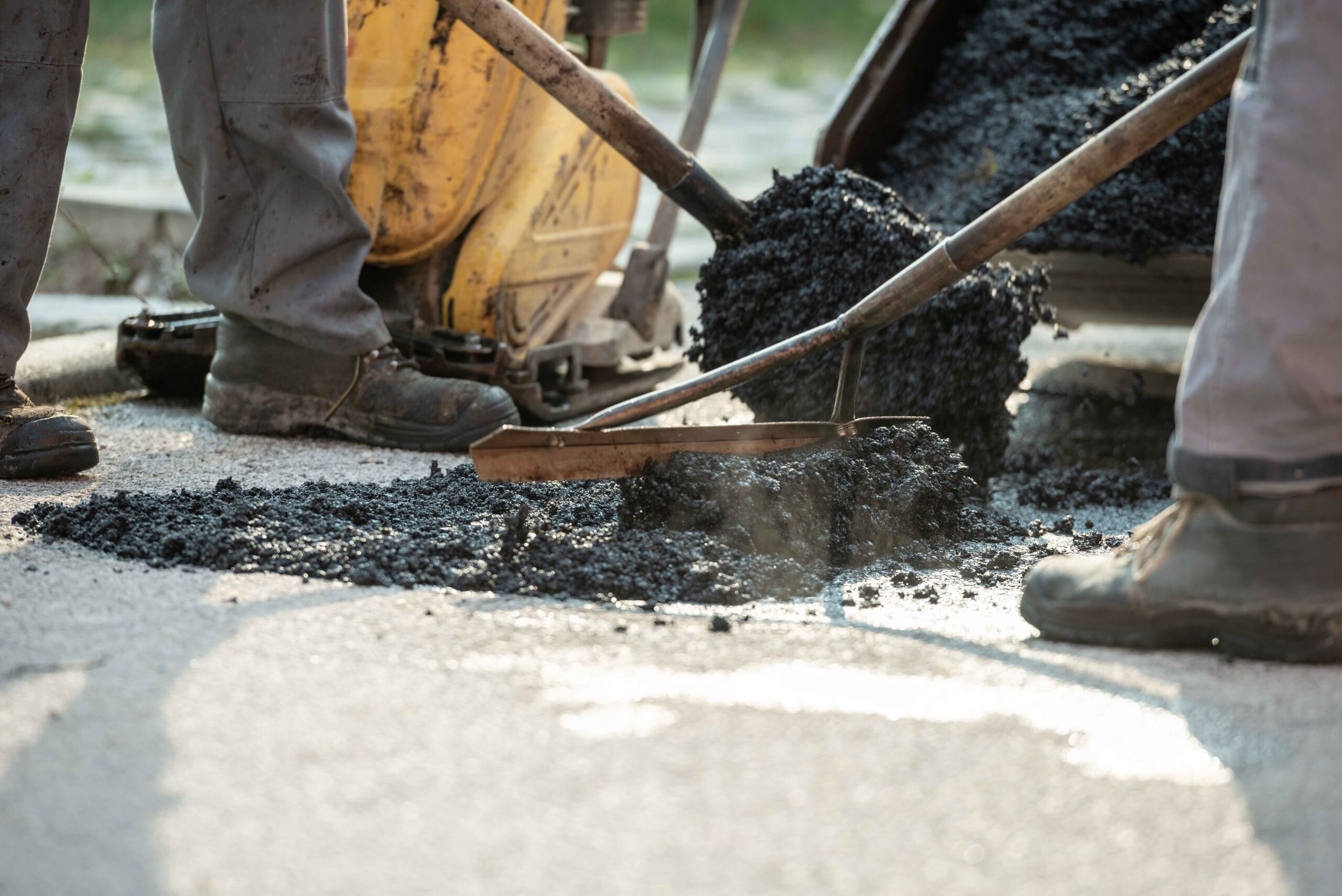

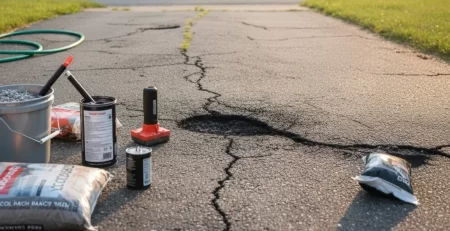
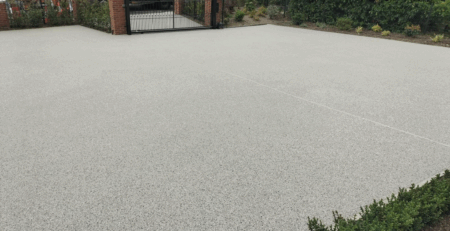
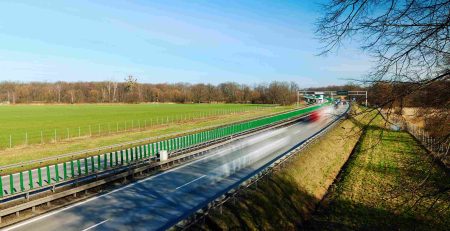



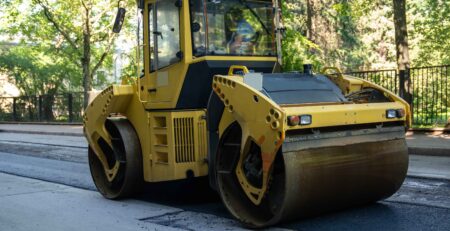
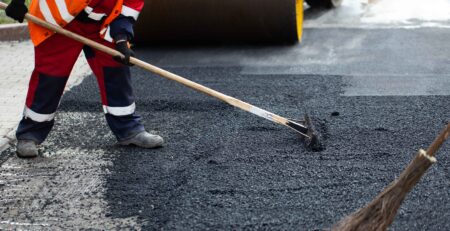
Leave a Reply